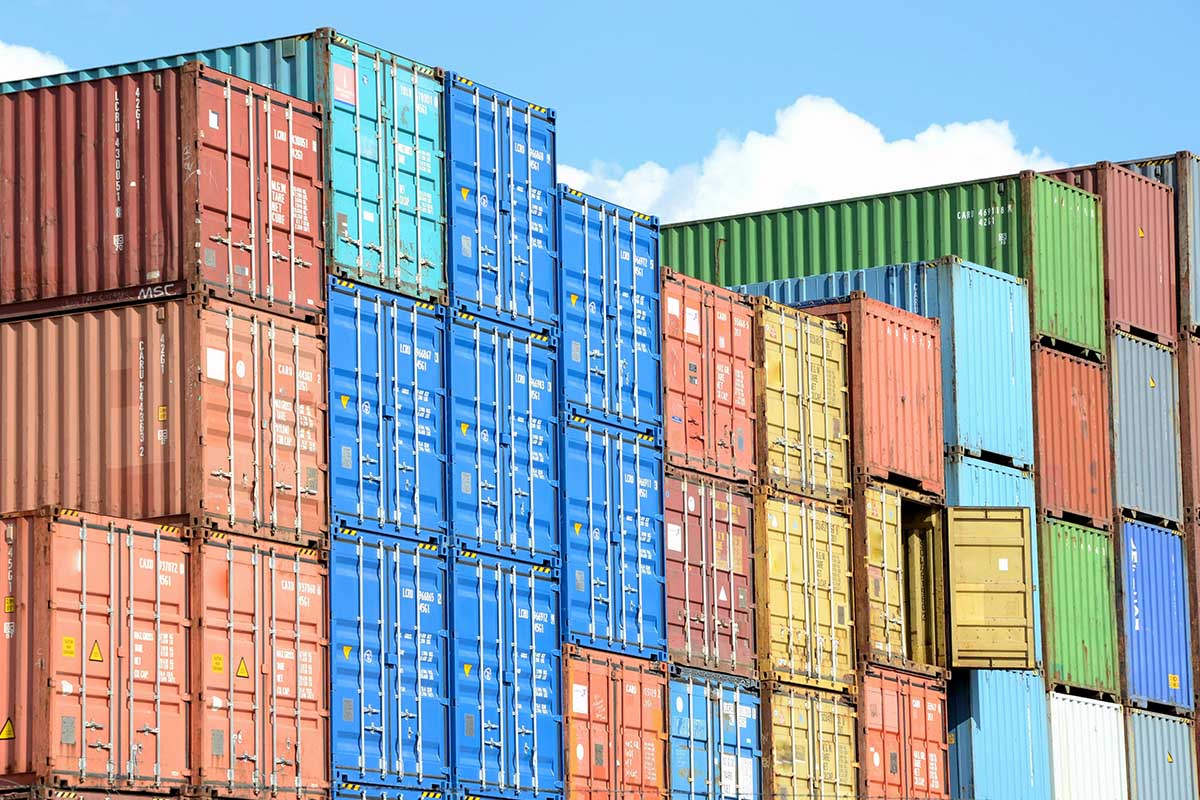Qatar’s private sector exports increased by 3.5 percent quarter-on-quarter, reaching 2.62 billion Qatari riyals ($719 million) in the second quarter of 2024, the latest industry data showed.
A recent report from the Qatar Chamber highlighted varied performance among exports based on the type of certificates of origin, with shipments under the General Model rising by 2.2 percent and those through the Unified Gulf Cooperation Council Model increasing by 15.3 percent. In contrast, exports via the Unified Arab Model experienced a decline of 24 percent compared to the previous quarter.
These models serve as frameworks to enhance understanding of economic integration and cooperation among countries, analyzing trade based on various monetary theories, including trade barriers, tariffs, and financial synergies among member states.
The increase aligns with the goals of the Third National Development Plan 2024-2030, which aims to boost private sector growth and raise the share of Qataris in the private workforce to 20 percent.
The report also indicated that fuel exports in the second quarter totaled 435 million riyals, marking a 17.7 percent drop from the first quarter. Aluminum exports similarly declined by 31 percent, reaching 302 million riyals.
Additionally, essential and industrial oils amounted to 427.6 million riyals, reflecting a year-on-year increase of 9 percent. However, steel exports fell by 20.8 percent to 218.18 million riyals.
Exports of industrial gases and lotrene recorded declines of 20.6 percent and 66.1 percent, respectively, reaching 200.3 million riyals and 44.42 million riyals.
Chemical substance exports reached 90.1 million riyals in the second quarter, reflecting a decrease of 3.4 percent, while petrochemical exports totaled 52.9 million riyals, down 41.7 percent on a quarterly basis.
Paraffin exports amounted to 29.5 million riyals, a 4.9 percent decline compared to the fourth quarter of 2023, whereas chemical fertilizers surged to 339.5 million riyals, a significant increase of 3,139 percent compared to the first quarter.
These ten commodities accounted for 81.6 percent of the total value of private sector exports, according to the certificates of origin issued by the Qatar Chamber during the second quarter.
In terms of economic blocs, Asian countries, excluding the Gulf Cooperation Council and Arab nations, topped the list, receiving exports worth 1.2 billion riyals, or 45.6 percent of total exports.
GCC countries followed with 625.62 million riyals, or 23.9 percent, while the EU received 543.43 million riyals, or 20.7 percent.
Arab countries, excluding GCC, received 145.96 million riyals, and other European countries accounted for 76.82 million riyals. African countries collectively received 21.06 million riyals, or 0.8 percent of total exports.
The report indicated that Qatar exported to 105 countries in the second quarter, with the African grouping comprising 27 nations.
India emerged as the leading destination for private sector exports, totaling 475.5 million riyals, or 18.1 percent, followed by the Netherlands with 354.5 million riyals, a share of 13.6 percent, and the UAE with 251.55 million riyals, or 9.6 percent.










